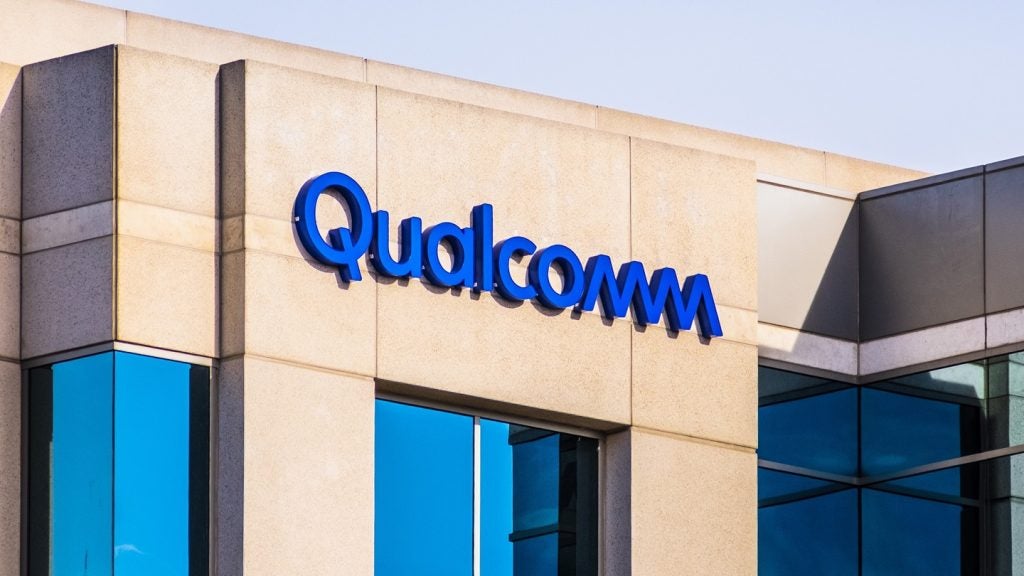The expansion of US wireless carriers in media content, and the recent entry of cable TV operators in the wireless telecommunications market, shows the inevitable convergence of telecommunications and media industry.
This convergence comes both as an opportunity and necessity. The intense competition in the wireless telecommunications and cable TV markets dictates higher revenue mix and product differentiation for reducing churn.
Meanwhile, the shift of consumers’ entertainment preferences towards online media content poses as an opportunity for wireless telecommunication carriers to tap into, especially given the deployment of the 5G network that will support higher volumes of mobile internet traffic.
The bundling of telecommunication services and media content means lower subscription costs per service for consumers, but telcos will find new streams of ad revenue from media content to compensate for that.
Consumers shift to online media content drives convergence
AT&T’s acquisition of DirecTV in 2015 for $67.1bn and the attempted $85bn mega-merger of AT&T and Time Warner came as competition in the US wireless market has been fierce in recent years.
Similarly, T-Mobile US is set to launch its own Internet TV streaming service over the next year, through the acquisition of Layer3 TV. Verizon follows suit planning to merge its video streaming service, Go 90, which targets millennials.

US Tariffs are shifting - will you react or anticipate?
Don’t let policy changes catch you off guard. Stay proactive with real-time data and expert analysis.
By GlobalDataCompetition from streaming services such as Netflix has increased, and this has particularly hit the revenues of legacy pay-TV providers.
According to MarketLine data, the US broadcasting and cable TV market grew at a CAGR of 1.5% in period 2013-17, posting weak growth rates since 2015 amid declining advertising revenues which are attributable to a shrinking audience. According to Pew Research in 2017, 61% of US consumers aged 18 to 29 responded that streaming services are their preferred way of watching TV, with 31% citing a cable or satellite subscription.
Accordingly, given the struggle of the cable TV market, it has become essential for media companies to combine operations with telecommunications.
Comcast, which is the largest MSO, launched Xfinity Mobile MVNO in 2017, transforming its Xfinity platform from a triple-play service to a quad-play service. DISH Network, the second largest satellite TV operator in the US, has also revealed intentions of entering the wireless market, having an extensive portfolio of 4G spectrum.
5G to change everything
Demand for media content is rising but the use of television as a device-platform is declining. This is due to the increasingly higher engagement of consumers with devices which offer access to multiple types of content.
Accordingly, the prevalence of smartphones for accessing media content creates an opportunity for wireless carriers.
The 5G network is the key technological development that will support convergence of wireless and media services, supporting large bulks of video-content data with faster transmission and higher quality.
The access of media content through smartphones instead of TV offers greater revenue potential on customisation of content and ads.
AT&T has already shown the way; it has bundled its streaming television service DirecTV NOW with its mobile plans, with access to that service not counting towards data allowances.
The next step is the creation of innovative advertising platforms to capitalise on that consumption of media content. Indeed, this is an example of a win-win situation for consumers and telcos.








